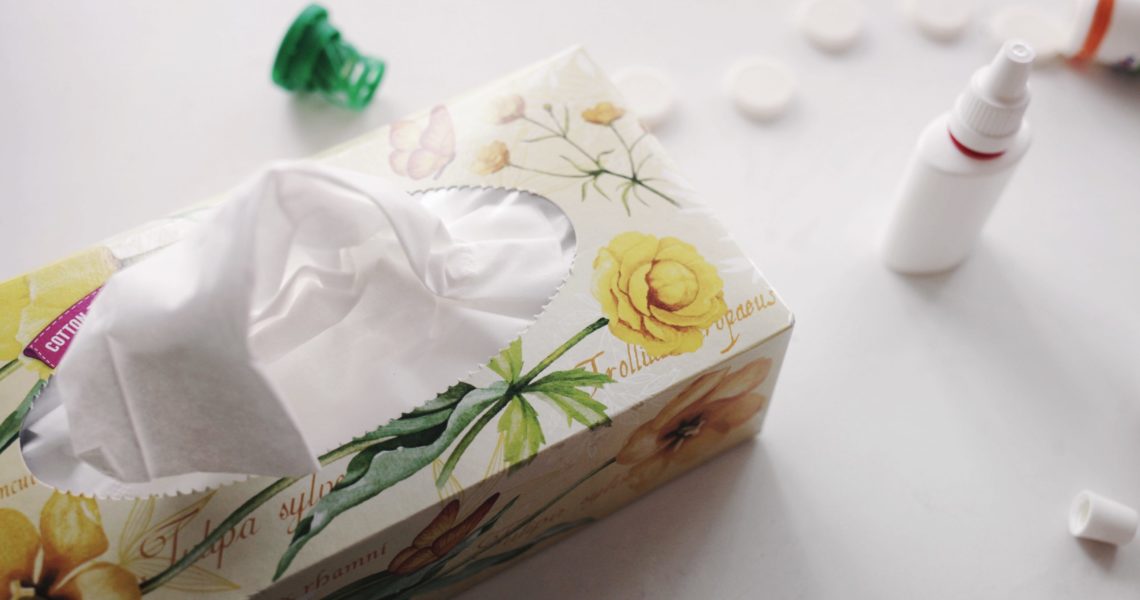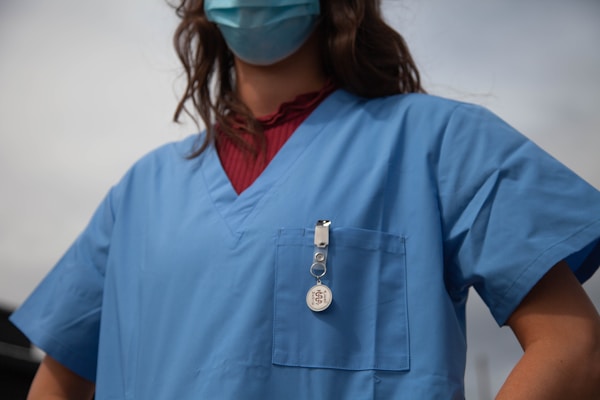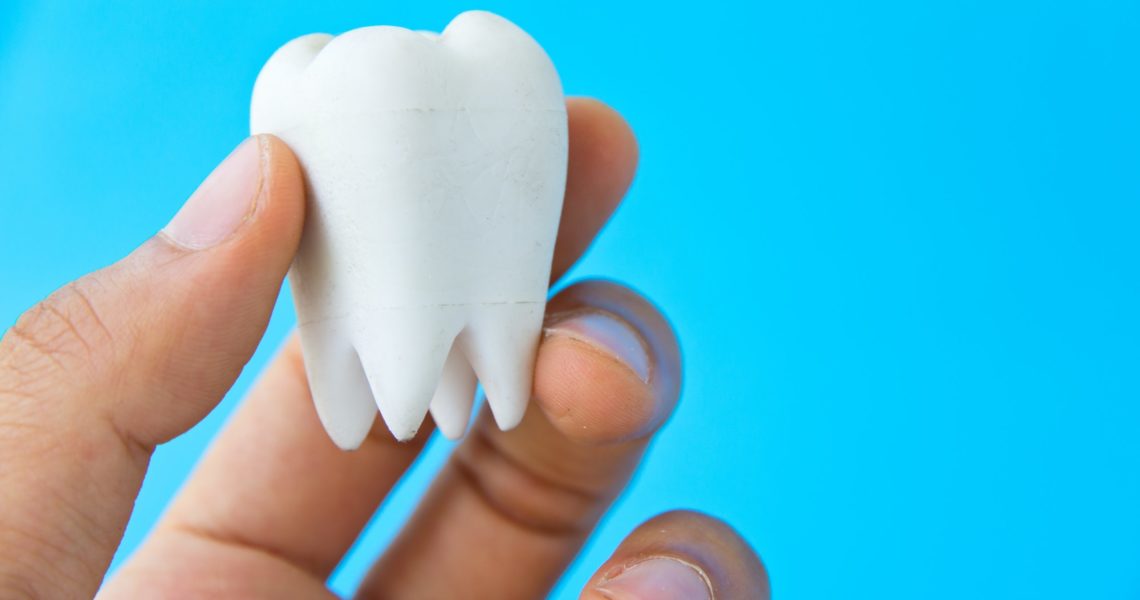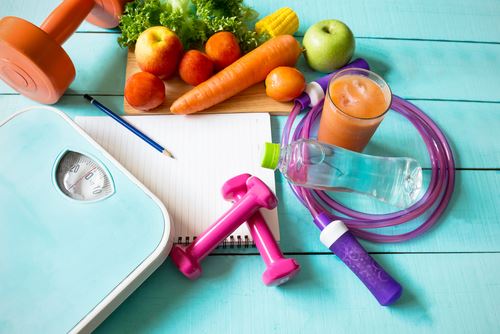Everyone faces a common injury from time to time, but these injuries can take a toll on your body if you’re not careful. You can take some steps to help mitigate injuries that can occur at any moment. If you want to keep yourself safe, keep reading to learn more about preventing common injuries.
Get an eye exam.

By getting regular eye exams, you can help to reduce your risk of experiencing an eye injury. For example, if you’re experiencing eye strain, you may own glasses or contact lenses that are too weak for your eyesight. An ophthalmologist in Torrance can check for potential problems and provide you with the appropriate treatment if needed. By upgrading your lenses, you’ll experience less eyestrain and discomfort from working on a computer all day. Some other common injuries that can occur to the eye are scratches, cuts, and foreign objects getting lodged in it. These injuries can be prevented by wearing goggles during construction work and shielding your eyes when dangerous objects are flying around—especially during severe weather like dust storms and tornados. You’ll also want to invest in high-quality sunglasses to prevent long-term eye damage from the sun.
Stretch before you exercise.
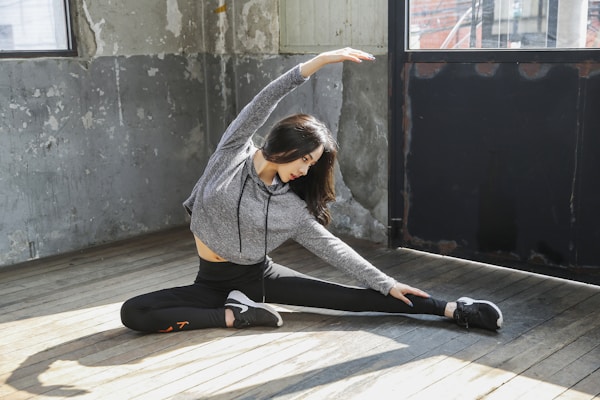
Stretching before you work out is a key part of a warm-up because it prepares your muscles for the activity you are about to do. When you stretch, you are essentially lengthening your muscles and tendons. This increases blood flow and makes your body more flexible.
Static stretching is the most common type of stretching. Simply hold a stretch for a long time to static stretch. This may feel uncomfortable if you’re not used to stretching, so take it slow and often stretch to get your body used to it.
Dynamic stretching is another type of stretching that is often done before a workout. To do dynamic stretching, you move your muscles through their range of motion. This type of stretching is more active and prepares your body for the more dynamic movements you will be doing during your workout. Keep in mind that you shouldn’t try static stretch before a workout if you are cold. Static stretching can lead to injuries if your muscles are cold. It is best to do some dynamic stretching to warm up your muscles before you static stretch.
Wear the proper equipment for your activities.
Wearing the proper equipment for sporting and leisure activities can help prevent injuries like scrapes, fractures, and concussions. Helmets and padding are arguably the most important equipment you can wear. Helmets protect your head during biking, skating, and skiing activities, while knee and elbow pads can help protect your joints during skateboarding and rollerblading. And wrist guards can help protect your wrists during snowboarding and skiing.
It’s also important to ensure that your equipment is in good condition. Make sure that your bike is in good working order before you go for a ride. Make sure that your skis and snowboard are well-tuned before hitting the slopes. And make sure that your helmet is in good condition and has been recently inspected. When choosing equipment, it’s important to consider the type of activity you’re participating in, the environment you’ll be in, and your personal preferences. With the right equipment, you can help reduce your risk of injury and have a safer and more enjoyable experience.
Take care of your kitchen tools.
A kitchen is a busy place full of potential hazards, so knowing how to avoid hurting yourself in the kitchen is crucial for your overall safety. One of the most important things you can do to minimize the risk of injuries in your kitchen is to take good care of your tools. For example, a dull knife is far more dangerous than a sharp one, so ensure you have a knife sharpener handy whenever you have difficulty cutting food. Also, grip the blade, not the handle, and keep your fingers tucked in. Cutting boards are perfect for cutting food, so avoid cutting food on the countertop—this can cause dangerous slips and cuts.
You also never place hot pots or pans on cold surfaces, such as the countertop or table. This can cause the surface to shatter, potentially resulting in serious injuries. Be sure to clean your kitchen tools regularly, as grease and food particles can build up over time and lead to dangerous slips and cuts. Since many kitchen tools are sharp or heavy, you’ll want to store them out of reach from pets and children and always store your knives blade-side down.
Common injuries are often mitigated with the proper safety precautions. By following this guide, you’ll help avoid these risks and ensure the safety of everyone around you, including children and pets.

